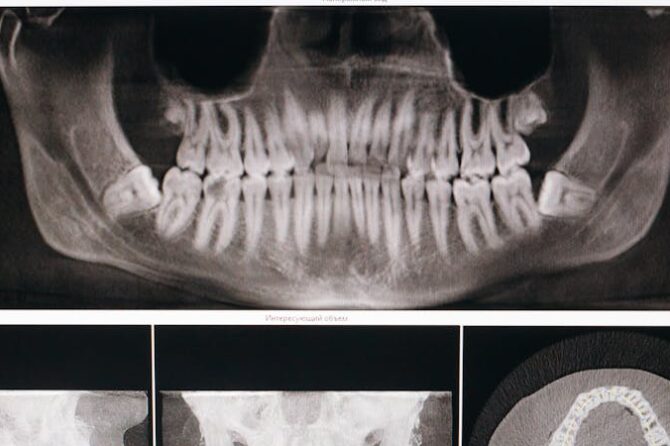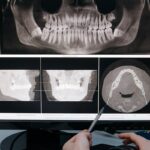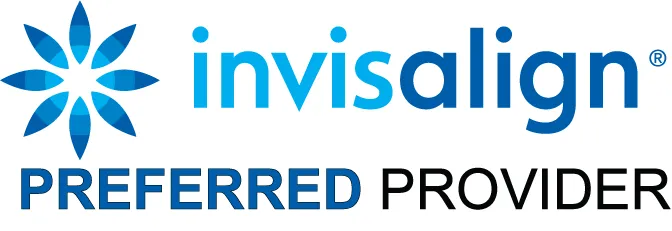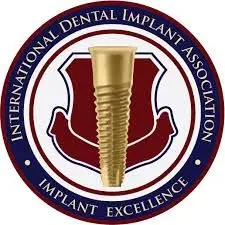
Have recent headlines about dental X-rays and brain cancer left you feeling concerned about your routine dental care? If you’re questioning whether to proceed with recommended radiographs at your next appointment, you’re not alone.
When alarming health claims circulate in the media, it’s natural to feel apprehensive. However, making healthcare decisions based on headlines alone rarely provides the complete picture you need for informed choices about your dental health.
At Winchester Dental Studio, we believe patients deserve access to balanced, evidence-based information about all aspects of their care. Understanding the actual risks and benefits of dental imaging helps you collaborate more effectively with our team on your treatment decisions.
Before canceling appointments or refusing necessary diagnostic procedures, we encourage you to explore the full context surrounding dental radiography safety, including the significant technological advances that have dramatically reduced radiation exposure in modern dental practices.
Let’s examine what current research actually tells us about dental X-rays, the essential role they play in early detection of serious conditions, and the careful protocols we follow to minimize any potential risks while maximizing their diagnostic benefits.

How often dental X-rays are taken?
How often dental X-rays are taken is based on risk for infection, physical symptoms, and clinical findings. The American Dental Association (ADA) is a governing body over the dental profession. The ADA states, “ . . . healthy adults receive routine mouth X-rays every two to three years. Dental X-rays are recommended every one to two years for children and every 1.5 to three years for teens. Children often require more X-rays than adults because of their developing teeth and jaws and increased likelihood for cavities.”
A “caries risk category” often determines how often dental X-rays are taken. The most recent documented resource to determine a caries risk is Caries Management by Risk Assessment (CAMBRA). This was adopted by the ADA and is used by dental professionals giving interval recommendations for X-rays.
Safety of Dental X-Rays
With knowledge of your risk for dental infection, you will be informed by the doctor of the interval at which dental X-rays should be taken. You can rest assured that the standards published by the ADA have been researched extensively and are there to protect your personal health and safety.
Dental X-rays are most commonly digital, which significantly reduces exposure. There is more radiation exposure from the sun or in an airplane than in a dental X-ray. It is common practice to use a lead apron with a thyroid collar for protection during X-ray exposure.
Having a cavity means having an active, potentially harmful infection. Diagnosing such infection with minimal exposure through digital dental X-rays at our Winchester, Virginia office does more good than harm.





